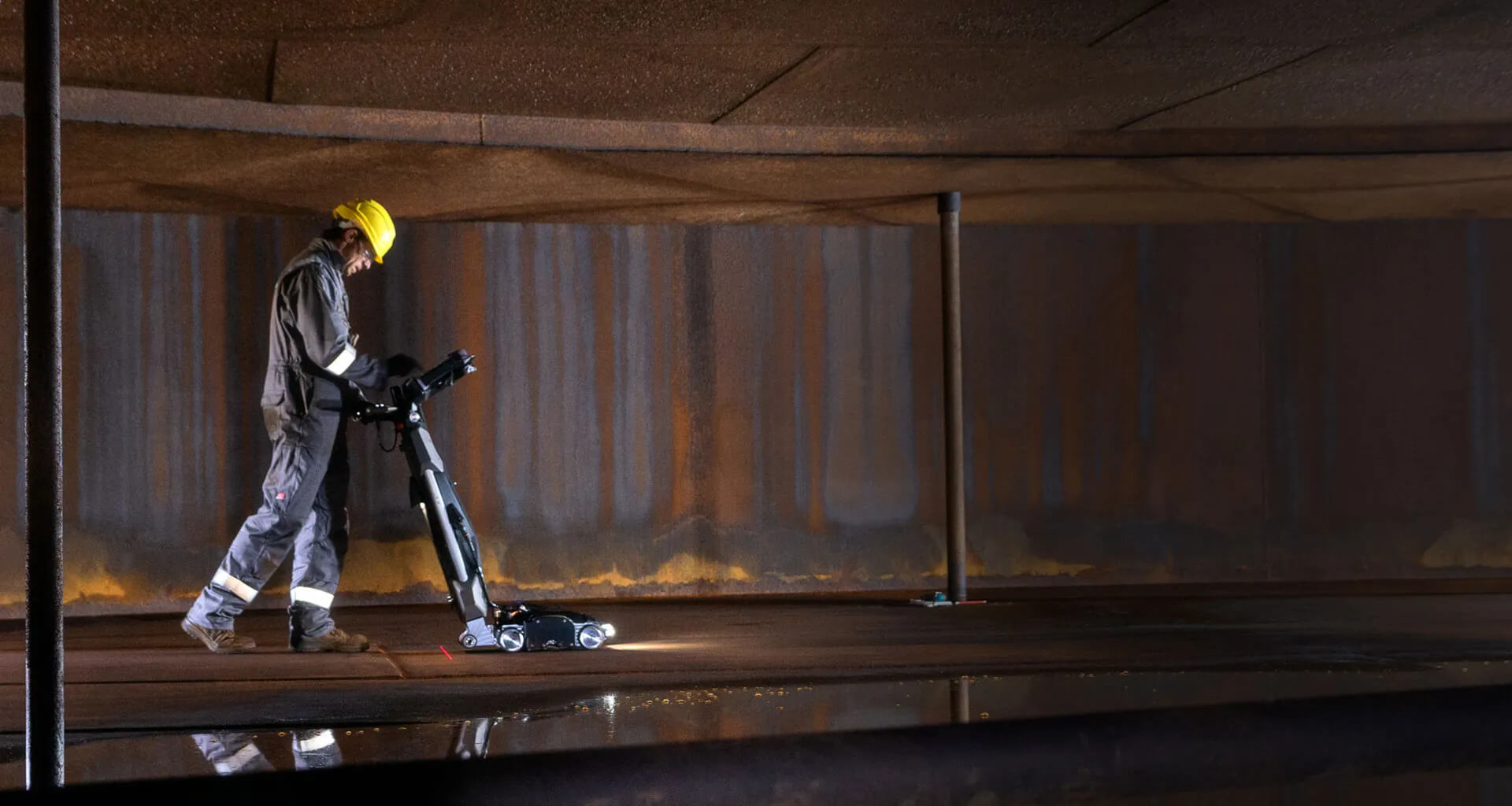Magnetic Flux Leakage (Floor Mapping) – MFL
Magnetic Flux Leakage (MFL) Floor Mapping is a widely used non-destructive testing (NDT) method for detecting corrosion, pitting, and structural weaknesses in above-ground storage tank (AST) floors. Since tank floors are exposed to corrosive substances and environmental factors, ensuring their integrity is crucial for preventing leaks, product loss, and environmental hazards.
Key Advantages of MFL Floor Mapping
- 1. Fast and Efficient - Covers large areas quickly compared to manual ultrasonic testing
- 2. Detects Defects Under Coatings - Identifies flaws without requiring coating removal.
- 3. Minimizes Downtime – Provides rapid inspection results, allowing for quick maintenance decisions.
- 4. Improves Safety and Compliance – Helps industries comply with API 653 and other tank integrity standards.
By implementing MFL Floor Mapping as part of routine tank maintenance, industries can prevent costly failures, ensure compliance, and extend the service life of storage tanks.
FAQs:
A strong magnetic field is applied to the tank floor, and sensors detect changes in the field caused by corrosion or material loss, providing a detailed map of defects.
It enables fast, large-area scanning, detects defects under coatings, minimizes downtime, and helps plan targeted repairs to extend tank service life.
Above-ground storage tanks (ASTs) used for storing petroleum, chemicals, and water typically require MFL inspections to ensure structural integrity.



